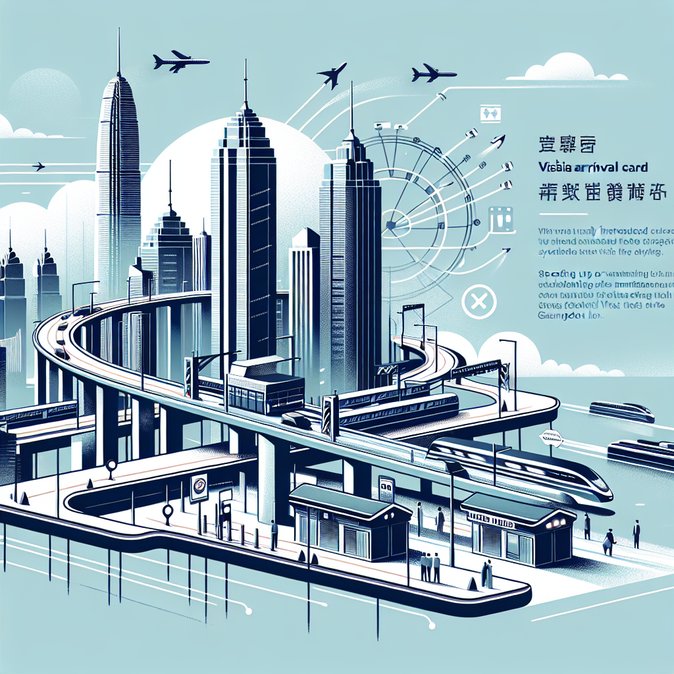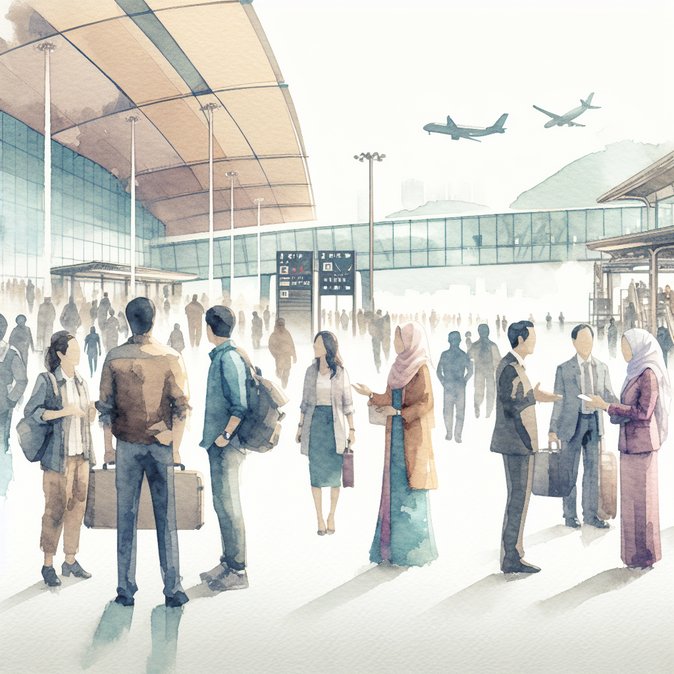
In a further push to streamline inbound travel, China’s National Immigration Administration confirmed on 6 November that from 20 November passengers can complete a new electronic arrival card via its website, mobile app or WeChat/Alipay mini-programs—eliminating the paper-based form still in use at many airports. The digital process covers all visa categories and is expected to cut border-inspection times by several minutes per traveller.
Simultaneously, the NIA expanded the 240-hour (10-day) visa-free transit scheme to five additional ports in Guangdong: Guangzhou Pazhou Ferry Terminal, Hengqin Port, Zhongshan Passenger Port, the Hong Kong–Zhuhai–Macao Bridge Port, and West Kowloon Station on the Guangzhou–Shenzhen–Hong Kong high-speed rail. Travellers from 55 eligible countries can now enter via 65 ports nationwide and roam the mainland for up to 10 days before departing to a third country.
![China rolls out digital arrival card and widens 240-hour visa-free transit to Hong Kong-linked ports]()
The inclusion of the bridge and high-speed-rail terminals is a game-changer for long-haul passengers who fly into Hong Kong and then continue overland to tech or manufacturing hubs in Guangdong without needing a visa in advance. Airlines and rail operators anticipate an uptick in transit traffic as tour operators package “Hong Kong + Greater Bay Area” itineraries.
For corporates, the digital card removes the need for staff to hunt for pens and manually transcribe passport details after long flights, while the extended visa-free corridor provides an alternative to the business-visa queue for short sales trips and plant audits. HR teams should update pre-trip briefings to ensure employees download the 12367 app and verify that onward tickets depart China within 240 hours to remain compliant.
Simultaneously, the NIA expanded the 240-hour (10-day) visa-free transit scheme to five additional ports in Guangdong: Guangzhou Pazhou Ferry Terminal, Hengqin Port, Zhongshan Passenger Port, the Hong Kong–Zhuhai–Macao Bridge Port, and West Kowloon Station on the Guangzhou–Shenzhen–Hong Kong high-speed rail. Travellers from 55 eligible countries can now enter via 65 ports nationwide and roam the mainland for up to 10 days before departing to a third country.

The inclusion of the bridge and high-speed-rail terminals is a game-changer for long-haul passengers who fly into Hong Kong and then continue overland to tech or manufacturing hubs in Guangdong without needing a visa in advance. Airlines and rail operators anticipate an uptick in transit traffic as tour operators package “Hong Kong + Greater Bay Area” itineraries.
For corporates, the digital card removes the need for staff to hunt for pens and manually transcribe passport details after long flights, while the extended visa-free corridor provides an alternative to the business-visa queue for short sales trips and plant audits. HR teams should update pre-trip briefings to ensure employees download the 12367 app and verify that onward tickets depart China within 240 hours to remain compliant.










